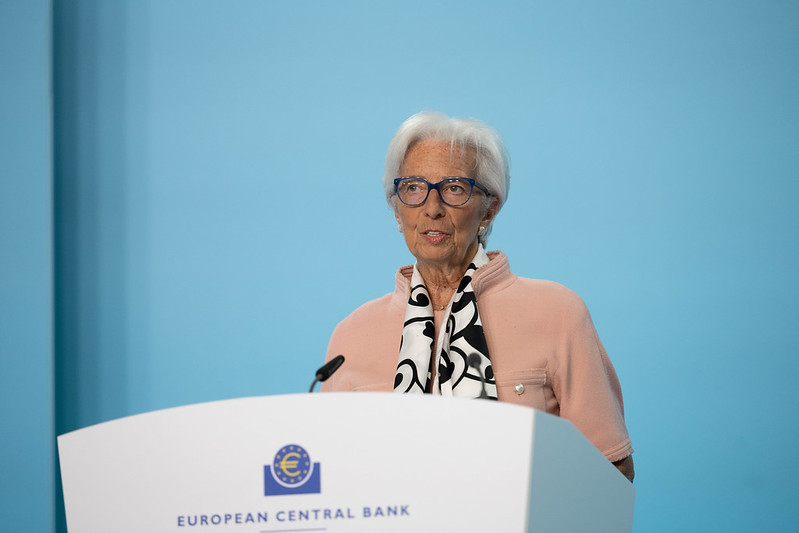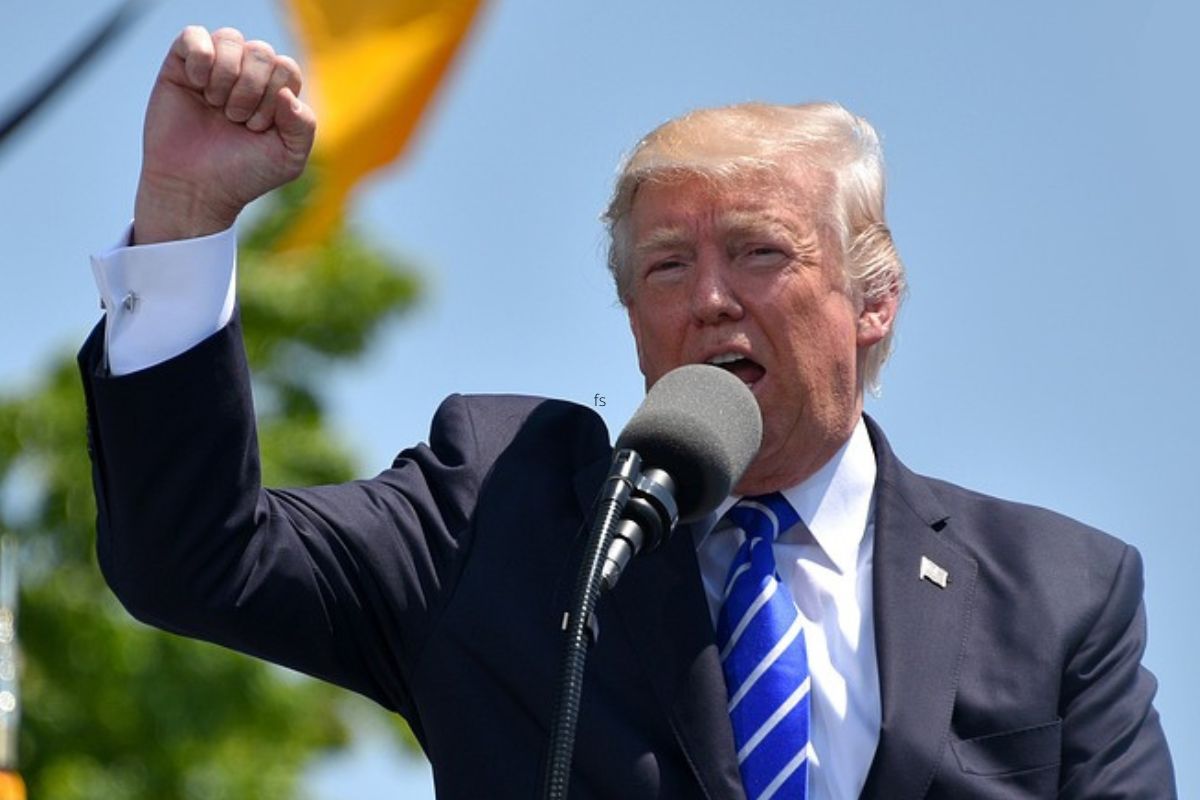In Recent Months, the Trump Administration Has Imposed Four Different Types of Tariffs on Mexico, resulting in an average duty of up to 23%. But none of this is static—because to the political equation, we now have to add the unpredictability of business reactions. Analysts at BBVA México—Diego López, Carlos Serrano, and Samuel Vázquez—try to piece together the puzzle in a recent report.
A Summary of the Situation
So far, Mexico has been hit with tariffs in four areas: migration and fentanyl, the automotive sector, steel and aluminum, and beer. It’s worth noting that Mexico was excluded from the “reciprocal” tariff package announced on April 2 due to its free trade agreement with the U.S., the USMCA.
As of now, there is a crucial data point: in 2024, Mexico exported $505.9 billion to the United States. Of that total, 48.9% was conducted under USMCA, while 51.1% was outside the agreement.
This means that more than half of Mexican exports would currently face a tariff of at least 25%, a considerable tariff burden. On top of that, some sectors face additional tariffs. For instance, automotive exports not routed through USMCA are subject to a combined tariff of 50%.
Summarizing with year-end 2024 data:
19.1% of exports face a 50% tariff
55.4% face a 25% tariff
Only 25.6% are duty-free
With this distribution, Mexico’s weighted average tariff rate stands at 23.4%.
But Everything Could Change
Analysts at BBVA México believe this initial assessment could shift significantly if exporters—who previously avoided using USMCA due to the administrative burden of proving rules of origin compliance—begin to reconsider.
Although it’s not yet clear how many companies will adopt the agreement, a more intensive use of USMCA is anticipated.
In the automotive sector, it is expected that exporters will soon begin systematically documenting U.S. content, allowing for tariff deductions and a significant reduction in the fiscal burden.
A plausible scenario is that, by factoring in the average U.S. content (18.3%) in Mexican automotive exports, the overall average tariff could soon fall to 13.1%.
If, in addition, Mexico reaches the historical high of 64.2% of exports channeled through USMCA, the tariff could be reduced further. And if the Trump administration agrees to lower migration and fentanyl-related tariffs to 12%, the average rate could drop to 8.4%.
Toward an Unexpected Scenario
All this could lead to an unforeseen scenario: Mexico could become one of the countries facing the lowest levels of U.S. protectionism globally.
For now, the Mexican government and its businesses are moving toward an administrative and logistical restructuring to adapt to the new landscape—while evaluating the opportunities opening up, especially considering that U.S. tariffs on China exceed those on Mexico in all scenarios.




